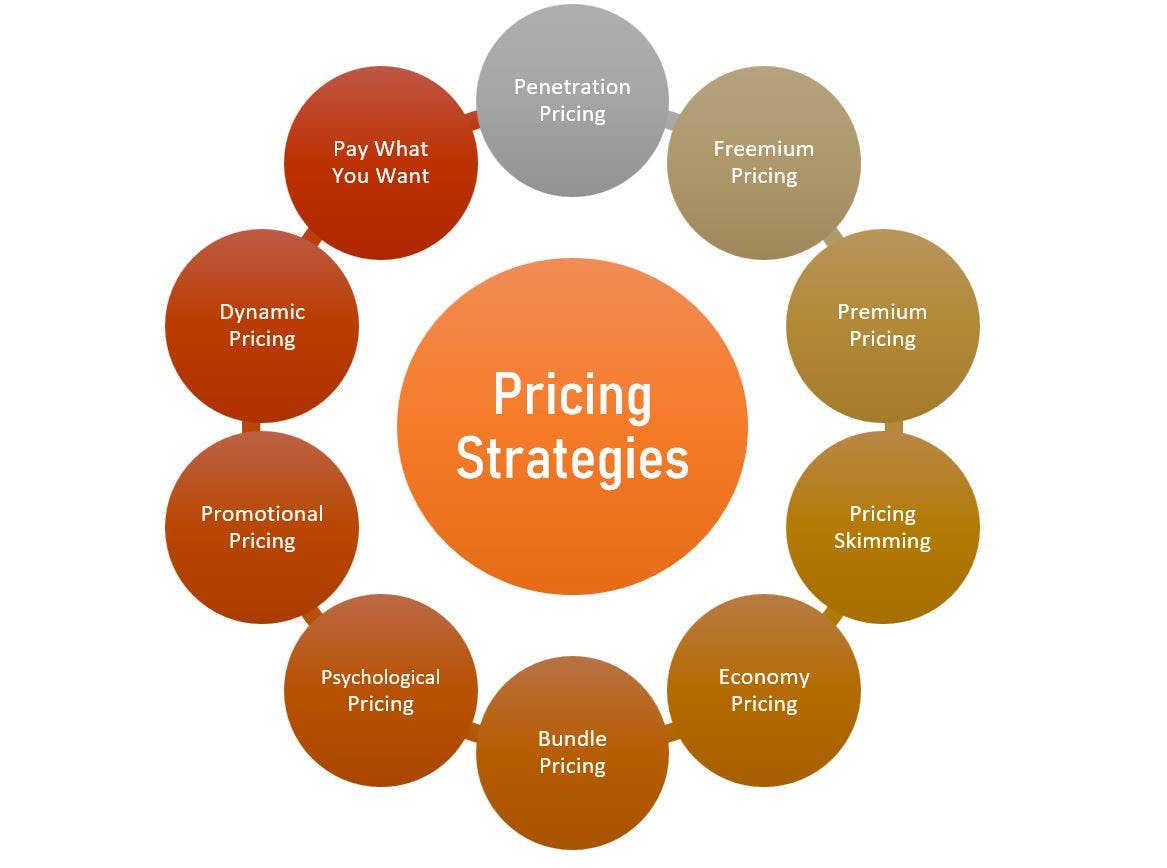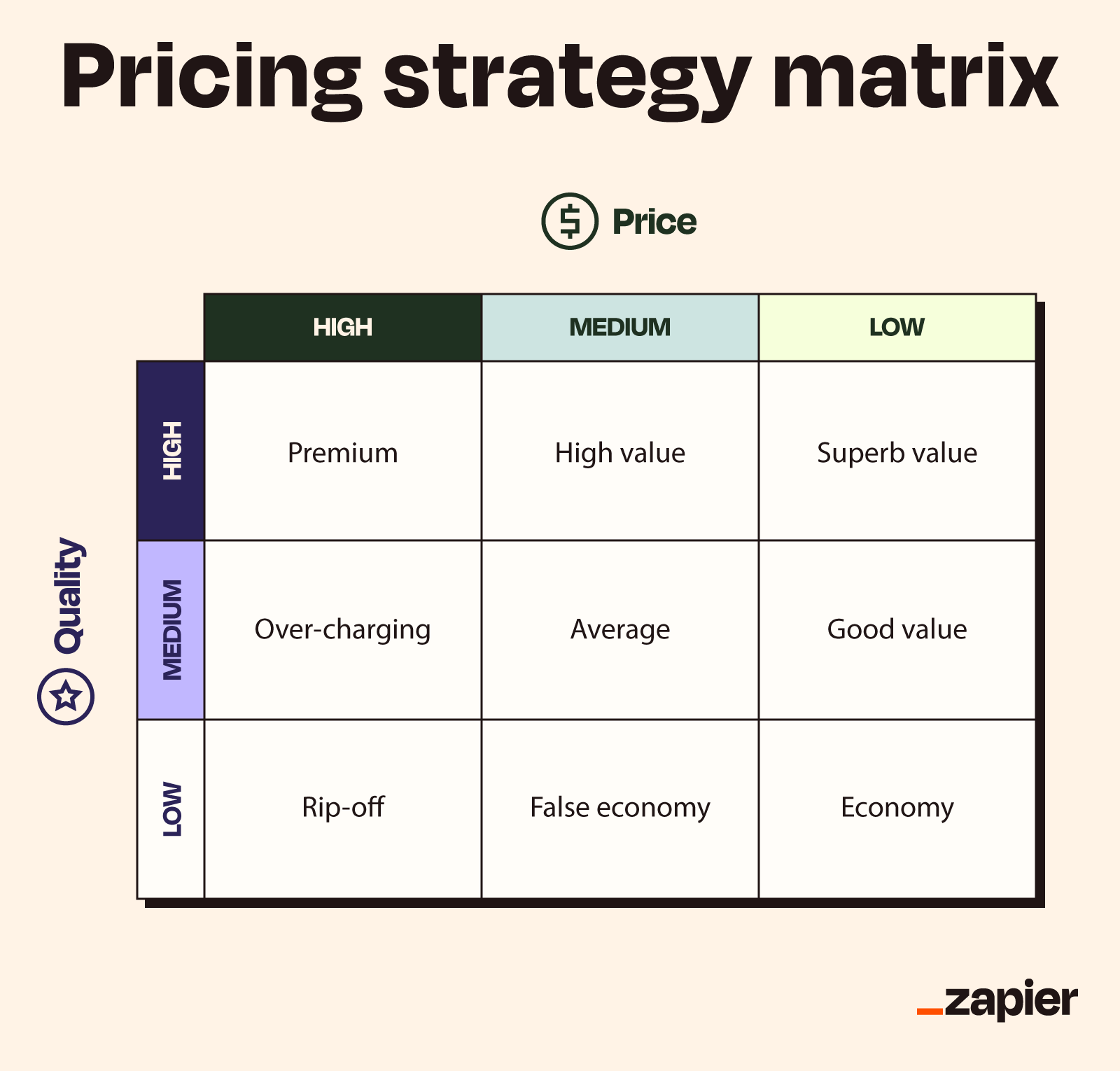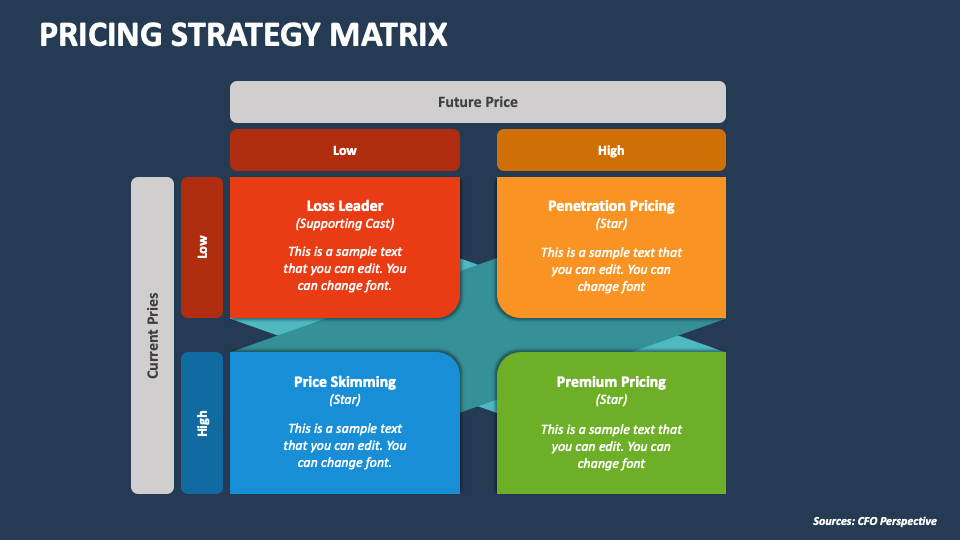Exactly how to Readjust Your Pricing Strategy for Different Market Segments
Exactly how to Readjust Your Pricing Strategy for Different Market Segments
Blog Article
Optimize Profits With Proven Pricing Strategy Strategies
In today's affordable marketplace, the ability to maximize profits via effective rates approaches is crucial for continual company success. Strategies such as value-based pricing, dynamic prices, and complete market evaluation can considerably improve a company's economic performance. Comprehending client assumption and leveraging data analytics for agile rates modifications are necessary components of this method. The details of effectively executing these techniques can position difficulties that call for mindful factor to consider. Discovering these methods even more reveals not only their prospective advantages however likewise essential insights that might improve your pricing strategy.
Recognizing Customer Assumption
Recognizing customer understanding is essential for creating effective pricing approaches. It influences how consumers examine a product's value, quality, and general good looks. Services need to recognize that consumers usually base their determination to pay not only on the product's inherent qualities but additionally on emotional aspects, including brand reputation, social status, and viewed shortage.

Additionally, business ought to think about the duty of prices psychology, such as appeal rates or rate anchoring, which can considerably influence consumer behavior. Comprehending these assumptions makes it possible for organizations to mount their prices strategies in a way that lines up with consumer expectations while making best use of profitability.
Integrating client assumption right into prices approaches not only help in establishing competitive costs yet also cultivates brand loyalty, as customers feel understood and valued. Inevitably, a nuanced understanding of client perception can cause sustainable revenue growth and boosted market positioning.
Analyzing Market Trends
To establish a reliable pricing technique, examining market patterns is necessary for businesses looking to remain affordable. Understanding the characteristics of market fluctuations allows firms to make educated decisions pertaining to pricing modifications, product launches, and source allotment - Pricing Strategy. By monitoring consumer actions, economic indications, and sector advancements, companies can identify patterns that inform their pricing frameworks
Trick components to think about when examining market trends consist of demand flexibility, seasonal variations, and emerging technologies. Need flexibility assists services assess just how price changes may impact customer buying choices. Seasonal trends can provide insights right into optimum prices during optimal and off-peak durations, enabling calculated discounting or marketing rates. Furthermore, watching on technical improvements can help determine potential risks or opportunities that might impact rates methods.
Making use of data analytics devices can enhance the accuracy of trend evaluation, giving valuable understandings that help with active decision-making. Business must also consider performing regular market research to validate assumptions and adapt to evolving consumer choices. By leveraging these understandings, organizations can not just optimize their pricing methods yet additionally strengthen their general market setting, making certain lasting success and development.
Competitive Rates Approaches
A competitive pricing strategy is important for services aiming to acquire an edge in a congested marketplace. By examining competitors' prices frameworks and market positioning, business can purposefully establish their rates to draw in consumers while maintaining success. This technique needs a comprehensive understanding of both the affordable landscape and client perceptions of worth.
One efficient technique is rate matching, where a business provides to defeat a rival or match's rate. This method can improve customer commitment and encourage sales, especially in price-sensitive markets. Additionally, infiltration prices can be utilized to record market share by initially establishing costs less than competitors, attracting consumers to attempt the product and fostering brand name awareness.
Moreover, organizations can implement mental prices methods, such as rates products simply listed below a round number (e.g., $9.99 as opposed to $10 - Pricing Strategy.00) This can create the assumption of a much better bargain, affecting customer habits
Inevitably, an effective competitive rates approach balances the need to continue to be attractive to consumers while ensuring that the prices design straightens with the firm's total objectives. Consistently readjusting and reviewing pricing in feedback to market shifts and competitor activities is vital for continual success.
Value-Based Pricing Strategies
Value-based pricing strategies concentrate on setting costs mostly based on the regarded worth of an item or solution to the client, as opposed to entirely on manufacturing prices or competitor costs. visit this page This technique requires a deep understanding of client demands, choices, and the unique advantages that the item or solution deals. By determining the details worth chauffeurs that resonate with consumers, businesses can produce pricing approaches that reflect real well worth of their offerings.
To carry out value-based rates effectively, business need to take part in detailed market study, consisting of customer studies and focus groups, to gather understandings into consumer understandings. Additionally, services ought to section their client base to customize pricing methods that align with various worth assumptions throughout segments.
Interaction plays an important role in value-based rates; firms have to articulate the special worth proposition plainly to validate the price factor. Additionally, recurring evaluation and change are necessary, as consumer assumptions of value might change gradually due to market characteristics or competitive activities. By prioritizing value in rates strategies, companies can boost client fulfillment, improve loyalty, and inevitably optimize profits.
Dynamic Pricing Designs

Dynamic pricing leverages advanced formulas and information analytics to keep an eye on rival rates, customer behavior, and stock levels. By dynamically readjusting rates, services can maximize revenue, maximize earnings margins, and react promptly to modifications in the marketplace. For circumstances, airline companies often utilize this design to adjust ticket rates based upon aspects like staying seats, time until separation, and competitor prices.
Nonetheless, the execution of dynamic rates should be come close to with caution. Clear interaction with clients is essential to keep trust and stay clear of understandings of unreasonable prices techniques. Furthermore, companies need to ensure that their prices formulas are not overly complex or opaque, as this can cause consumer frustration.
Ultimately, when executed thoughtfully, vibrant rates models can provide services with a significant affordable benefit, enabling them to take advantage of market opportunities while satisfying customer expectations in a swiftly altering economic landscape.
Conclusion

Techniques such as value-based prices, dynamic rates, and detailed market evaluation can significantly improve a company's economic performance. Seasonal fads can supply insights into ideal pricing throughout top and off-peak periods, enabling for tactical discounting or promotional prices.Dynamic pricing leverages sophisticated formulas and data analytics to keep an go to these guys eye on rival pricing, customer habits, and stock levels. By comprehending customer perception, evaluating market trends, and using competitive prices techniques, companies can efficiently align their prices with consumer expectations. Furthermore, value-based rates and dynamic prices versions make it possible for organizations to respond agilely to market fluctuations.
Report this page